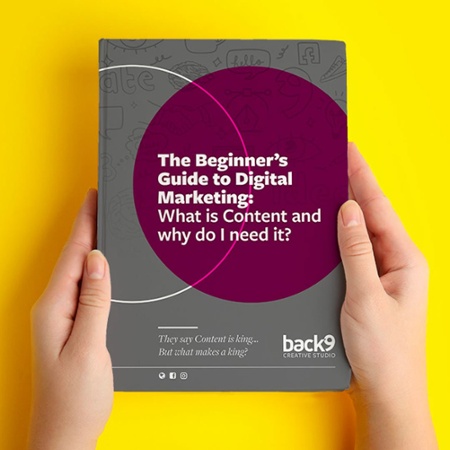So you want to Grow your Sales online, but your business service-based? Do you think that means you’re doomed to miss out on e-commerce success? Not so fast!
Gone are the days of a website being nothing more than a brochure. A website is a sales and marketing tool. The most powerful one you have!
It’s the hub of any good digital marketing strategy. That means even if you don’t sell a product directly online, you can still track and grow the sales generated by your website. The key lies in creating great content, answering prospect queries, and providing offers that add value to every step of their buying journey.
Here is how you do it.
Educate your Customers
Shoppers these days have more choices than ever before when it comes to buying a product. But with so much choice also comes with some confusion on what product they should buy. Buyers now rely on self-education before they step foot into your store and speak to a salesperson. In fact, some experts say as much as 70% of the decision is made before getting in touch with a business. By the time they get to the store, most buyers have an idea of what they want; if not the exact product they need. So how do they find out this information ahead of time? The way that they educate themselves is with content that they find online. This means it’s important to educate your buyer so they can get the information they want.
Here’s 9 reasons why you should educate your buyer…
Great Content That Builds Trust and Authority
Don’t let the fact that your website isn’t selling a product fool you into thinking you don’t need top-quality content. Content is still king when it comes to building Authority and Trust as a company or brand. After all, prospects need something to consume before they even consider contacting you. Everyone loves quality content because it educates them on their options while also showing off your expertise. This kind of content is especially helpful for those just beginning to research potential solutions – they will be able to get a better idea of who they can trust with solving their problem without having to commit yet.
Tracking Data To See What Works
Once you start getting prospects engaging with your website, measuring and tracking data will tell you which avenues are bringing the most leads. Are more people coming from organic search? Paid advertising? Articles? Content offers? Knowing which sources bring in more leads allows you to make better decisions about where to invest your money in terms of marketing efforts. Furthermore, by creating conversion paths (making it easy for clients to progress along their journey) and then contacting you via your website, it means you can also measure what information (or content) has actually converted them.
For example, you write an article about “How much do my widgets cost in NZ”? A prospect lands on this article from a google search. Then navigates through your website to another piece of helpful content. From there they stumble across an ebook “how to get the most out of your widget”. They fill out a form and download the ebook. Then you know who they are. You can nurture them as a lead – or you could call them to discuss how they liked the ebook.
If that person then converts to a customer – you can attribute this lead to: Organic Search and That Article about the cost of your widget. If this continues to happen, and that article becomes a high-ranking landing page then you track how much revenue that one article is responsible fore (or generates).
Qualifying Prospects Before They Reach Out
Inbound marketing doesn’t just bring more leads – it also helps qualify them before they reach out. That way, if someone does contact you, then chances are very high that they are already interested in what you have to offer – meaning less time wasted on unqualified buyers or tire kickers who don’t actually want what you have for sale. Inbound marketing is key for any business looking to save time while generating leads at the same time!
So there we have it – proof positive that your website doesn’t need an e-commerce component in order to grow your sales online! By creating great content, answering prospect queries, and providing offers that add value at every step of their buying journey, businesses can build trust and authority as well as measure what works best at driving revenue growth. Plus, using inbound marketing tactics will help qualify prospects before they even contact you – saving everyone involved valuable time! If done correctly, this method of generating leads should be an integral part of any service-based business’s digital strategy today. It’s an investment in your business and you may need help from a marketing agency. So How do you choose the right marketing agency for your business? Shop around and do your research. Find a company that resonates wit you and your values and you’ll be well on the way to seeing success online.









